“Unlike an unsound, speculative plan by Empire State Development to squeeze an outsize mini-city in the same space to be completed sometime after 2040, our Community Plan delivers new units with immediacy serving core needs for the community and society at large.”
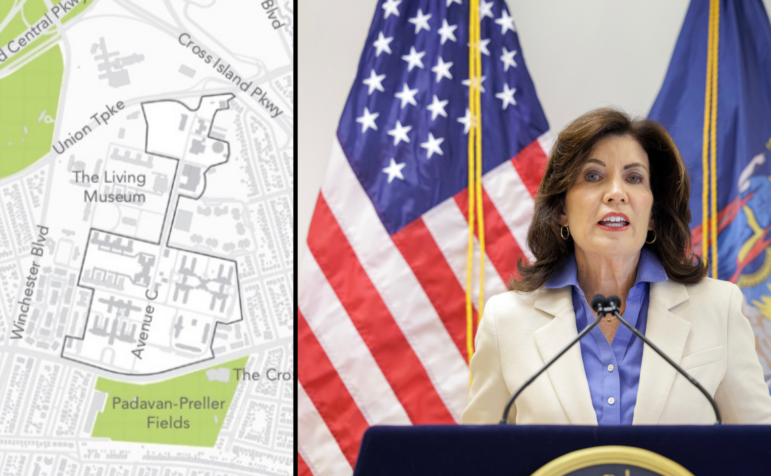
Empire State Development; Mike Groll/Office of Governor Kathy Hochul
Left: a map of the Creedmoor campus being eyed for new development. Right: Gov. Kathy Hochul.Editor’s note: This oped was submitted in response to an earlier opinion piece on the Creedmoor proposal, which you can read here.
 CityViews are readers’ opinions, not those of City Limits. Add your voice today!
CityViews are readers’ opinions, not those of City Limits. Add your voice today!
When the needs of a local community and community at large converge, it makes absolute sense to blend those into an outcome that meets all needs. For many years, the community of eastern Queens eyed the opportunity to repurpose surplus New York State property on the Creedmoor Psychiatric Center Campus to meet the needs of the community; we always understood the needs of the community at-large needed to be considered.
That explains the basis for our “Community Plan” developed in concert with Queens Community Board 13 for the 55 acres on the campus that became available for repurposing: Queens Community Board 13 and the community strongly and smartly recommended no more than 1,000 units. That is the proper amount of density for this site in our eastern Queens community. Unlike an unsound, speculative plan by Empire State Development to squeeze an outsize mini-city in the same space to be completed sometime after 2040, our Community Plan delivers new units with immediacy serving core needs for the community and society at large.
When New York State first indicated a plan to spin off parts of the campus in 1997, working under the auspices of a then-brand new Queens Civic Congress, we developed a Civic Master Plan for the Creedmoor campus; then-Queens Borough President Claire Shulman followed with a “Creedmoor Master Plan” in June 1999. The city and the community benefited with the construction of three needed schools and ballfields on former campus space north of Union Turnpike along Commonwealth Boulevard. We even made sure a dumb initial plan to interconnect a shared lunch cafeteria, gymnasium and auditorium with two K-8 schools and a high school was replaced with three stand alone schools.
Some two decades later, we again seized the initiative. We developed priorities, including low- to medium-density, and needs, including housing for our seniors, our veterans and young adults and families starting out. We understood how our sound approach would enable existing homes occupied by empty nesters or single adults to become available for new and growing families when current occupants welcome an opportunity to shift to alternative housing not previously available in a community they prefer not to leave. The state scheme ignores this opportunity to employ a best use approach that makes use of housing already in place.
A group of fellow civic leaders met following Empire State Development’s release of its Draft Scope of Work (“DSOW”) for the Draft Environmental Impact Statement (“DEIS”) for what Empire State Development (ESD) calls the “Creedmoor Mixed-Use Project.” In addition to representatives of Queens Community Board 13, we included representatives of the Bellerose-Commonwealth Civic Association, Bell Park-Manor Terrace Co-op, Creedmoor Civic Association, Glen Oaks Village Owners, Inc., Hollis Hills Civic Association, Lost Community Civic Association (of Floral Park and New Hyde Park), North Bellerose Civic Association, Queens Civic Congress, Queens Village Civic Association, Rocky Hill Civic Association and Royal Ranch Civic Association.
We found this scope essentially changed very little from its initial misnamed (since it failed to follow community recommendations) “Creedmoor Community Master Plan” released last winter. Nothing—other than minuscule reductions in the number of the overall housing units (to 2,775) and a similar increase in parking spaces (to 3,200)—had changed! Further, the state scheme failed to meet the core aforementioned housing needs we identified.
State law requires any DEIS to consider alternatives, but the only “alternative” proposed for review in the DSOW is a “No-Action Alternative.” The failure to consider the community’s better plan violates the New York State Environmental Quality Review Act (SEQRA). As stated on page 38 of the DSOW, “SEQRA requires that alternatives to the proposed project be identified and evaluated in an EIS so that the decision-maker may consider whether alternatives exist that would minimize or avoid adverse environmental effects.” This failure to include our Community Plan in the DSOW and DEIS would be a travesty of sound policy and the public good.
This failure to include our Community Plan means we still face a grossly out-of-scale project for this community that fails to serve important community needs.
The DSOW not only fails to study our 1,000 unit recommendation, it raises additional concerns that merit attention.
The information disclosed in the DSOW includes:
- A project to be developed beginning in 2027 in four or more phases over 12-14 years, concluding some 16 years (2040) from today; this raises questions of ongoing construction impacts in a residential community for too long;
- The practical nature of construction suggests supportive housing pieces happening first as potential residents of the various regular units would shun living near/in any ongoing construction site.
- Based on this schedule provided, the intended 2,775 units ESD envisions will NOT relieve any alleged housing crisis anytime soon.
In contrast, the QCB13 plan that follows the community recommendation for no more than 1000 units, meets the previously identified housing needs of Queens Community Board 13 and the eastern Queens community, AND can be realized within several years; it would bring needed housing online much sooner than the timeline proposed in the DSOW, and as mentioned above, leverage more housing for families at less overall cost by repurposing existing housing throughout eastern Queens.
Our recommended low-density development conforms with the existing R3-2 zoning for the Creedmoor site. Further, it remains important to note, as the Draft Scope of Work does on page 5 (Figure 2), that significant New York State Office of Mental Health and Office for People With Developmental Disabilities’ operations, including supportive housing, are already concentrated on the campus. Similarly, Queens Community Board 13 is acknowledged as oversaturated for many diverse forms of supportive housing.
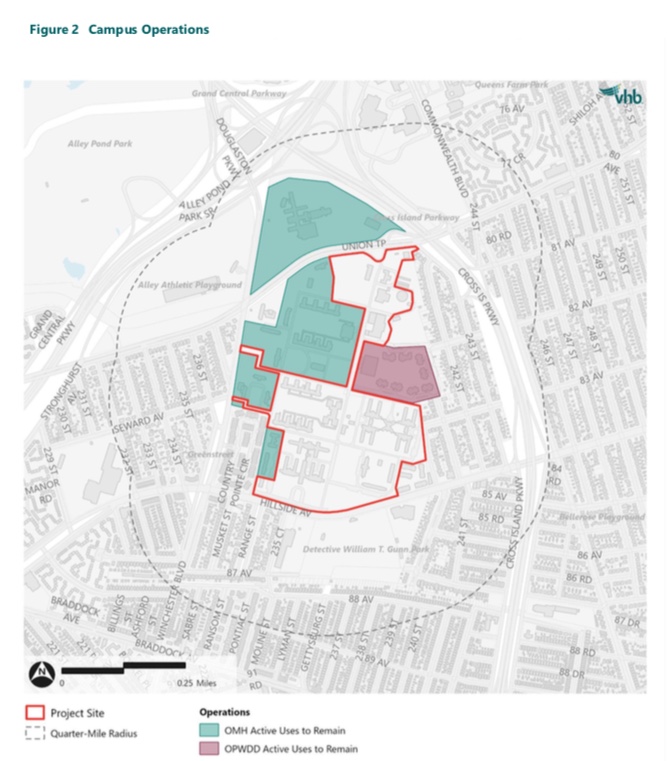
Empire State Development
A map depicting current uses at the Creedmoor campus.Queens Community Board 13 and the community finds that any additional supportive housing proposed as part of the so-called Mixed Use Project would exacerbate that existing oversaturation. This was consistently raised by community leader stakeholders at almost every ESD community outreach session. The DSOW and DEIS need to consider the impacts of introducing more supportive housing in a community already oversaturated, both throughout the community board and on and in the immediate vicinity of the Creedmoor campus.
Housing affordable to our community as outlined in our plan remains an important concern. Eastern Queens already enjoys many forms of affordable ownership and rental opportunities, including many thousands of units proximate to the Creedmoor campus; this includes co-operative housing proximate to Creedmoor that consistently provides some of the most affordable housing-ownership opportunities available in the City of New York.
In line with Area Median Income (AMI), we recommended 80-120 percent AMI (defined as “moderate income”) or 121-165 percent AMI (defined as “middle income”) as a floor consistent with our affordability concerns and goals.
Everyone benefits from this community board/civic plan, which DELIVERS new housing with some immediacy; 1000 units now make a difference over an ESD scheme that, even if approved, extends more than a decade and over four gubernatorial elections, and thus faces possible changes in priorities and visions.
Corey Bearak chairs Queens Community Board 13’s Land Use Subcommittee on Creedmoor and co-founded the Queens Civic Congress. Bryan Block chairs Queens Community Board 13. Bob Friedrich is president of the Board of the Glen Oaks Village Owners, Inc. Michael O’Keeffe is president of the Creedmoor Civic Association. Suzanne Peritz is president of the Rocky Hill Civic Association.



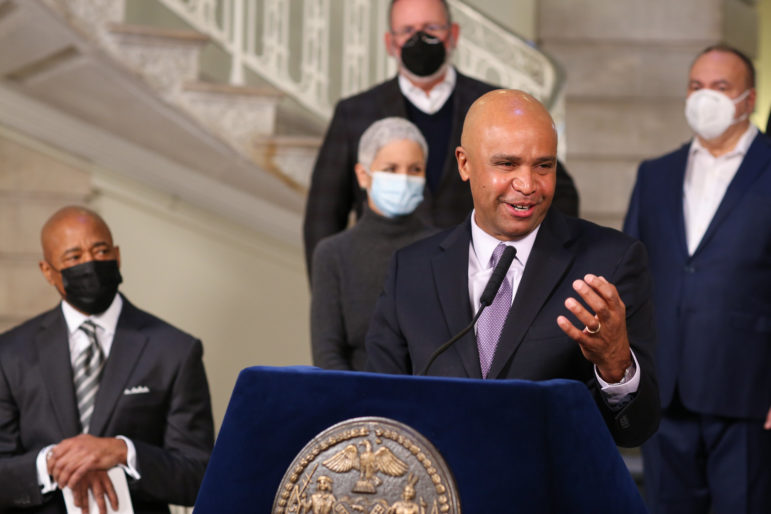
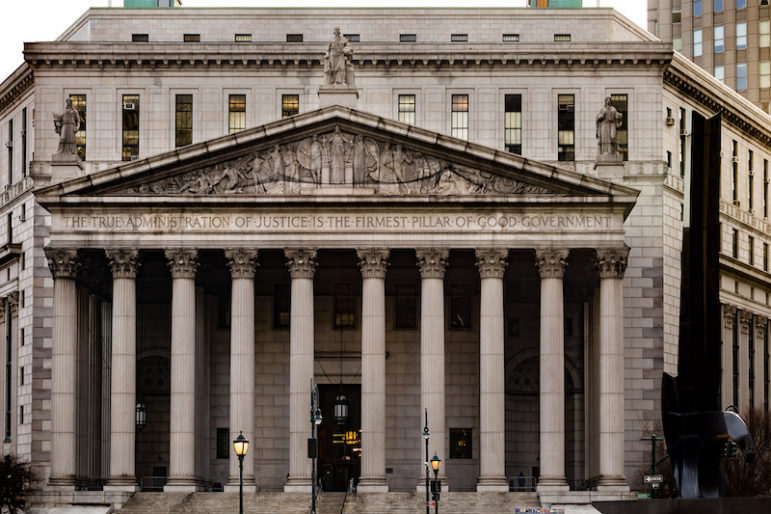

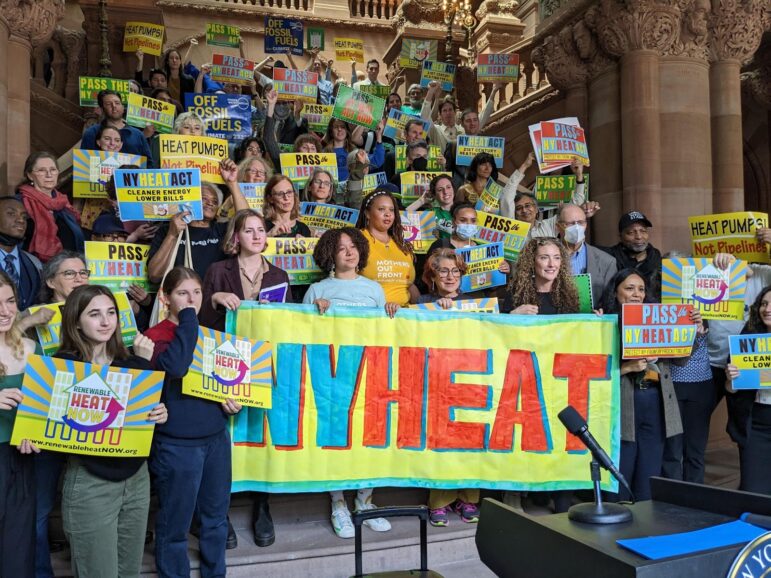


2 thoughts on “Opinion: State’s Creedmoor Proposal Ignores Our Community Plan”
Bob Friedrich is a bully and dictator.
Bob is a passionate advocate for affordable cooperative housing and for our eastern Queens Community. I worked with him to provide a “blanket variance” to enable Glen Oaks first floor residents to expand into their basements and for second floor residents to build up their attics. The co-op also created beautification program that enable residents to provide a personal touch to the landscape. Your assertions lack any basis in fact.